Content marketing is effective. That’s no secret.
Blogging, podcasts, videos, and infographics clutter the Internet. And with limited first-page results, only 8 to 12 of those pieces get seen at any given time.
Ranking very high on Google isn’t easy for content marketers.
So we must ask ourselves a question: What is the difference between a first-page result and a second-, third-, or millionth-page result?
Partly, the difference is well-placed keywords and search engine optimization.
What matters more is the quality of your content.
A lot of people create similar content. The marketers who use different tactics will get their content seen and sell their products.
How can you stand out? Here are 12 unconventional marketing tactics that will do the trick.
1. Be a little weird
Everyone loves a company that is willing to go against the grain. There is something about a healthy dose of irreverence and tasteful humor that increases the likability of brands.
It also makes you stand out from your competitors.
Since tons of people on the Internet are sending the same message, consumers notice funny or weird marketing campaigns.
They’re a breath of fresh air in a world of cloned marketing tactics.
Dollar Shave Club creates weird, creative, and outright bizarre content.
I’ll bet you can’t help but laugh when watching this video they made.
If you think this video is funny but that it couldn’t possibly increase revenue or help business, I understand.
But that’s simply not the case.
Dollar Shave Club spent $4,500 to create the video. But they more than made that money back. The video has 24 million views on YouTube. They gained 23,000 followers on Twitter and 76,000 Facebook fans from the campaign.
And they attracted 12,000 new customers in 2 days.
It turns out that being funny, weird, and irreverent can pay off.
Dollar Shave Club continues that unique brand identity with their Bathroom Minutes articles.
And their customers love it.
Similarly, Denny’s uses their Tumblr blog to put out content similar to that of Dollar Shave Club.
They created an image of a married couple pulling a morning breakfast with their car.
They created a sausage link dressed up as Link from the popular Zelda games.
Their content is unconventional.
Snickers tapped into the weird trend as well. They created their “You’re not you when you’re hungry” marketing campaign.
They also did an AdWords campaign targeting misspelled searches.
What’s the point of all this marketing weirdness?
People like when your brand does something different than everyone else. Don’t be afraid to mix it up and see what happens.
Nothing risked, nothing gained. So get out there and do something weird.
2. Respond to Twitter mentions
I can’t overstate the power of responding to people who are talking about your brand.
Why?
Because responding to real people’s questions, comments, and concerns humanizes your brand. It tells people that your company isn’t just some inhuman entity.
Rather, you’re a company that cares about its customers.
Twitter makes this particularly easy. Twitter notifies you whenever someone mentions your company’s name.
Nike Support does a great job of engaging with their customers online.
They quickly and consistently respond to their customers’ comments and concerns.
That shows dedication to their customers.
And that’s good news for your business. If you decide to respond to people regularly, they will notice you more than the millions of brands that aren’t responding to them.
Because you’re showing you care by taking the time to respond.
3. Inspire people to share your product
The more people who tell their friends about your product, the more product you’ll sell and the more successful your business will be.
When a friend recommends a product, they mean it.
By thinking creatively about your product and doing something that no one has ever done before, your product is more shareworthy.
Coca-Cola did a good job with this with their Share a Coke campaign.
They put individual names on each bottle of Coke, personalizing the experience for their customer base.
They then encouraged people to share a Coke with a friend and post a photo using the hashtag #ShareaCoke.
In the end, the campaign generated 998 million impressions on Twitter and 235,000 tweets with the hashtag. They sold more than 150 million bottles of Coke, too.
Because the experience is unique, consumers want to participate. And they want to share it with their friends.
Burberry ran a similarly shareworthy campaign called Burberry Kisses.
By collaborating with Google, Burberry allowed people to send each other “kisses” with digital messages.
Since it was new and different, consumers couldn’t help but try it out. Every time someone sent a kiss to a friend, that person saw the Burberry logo and brand.
This campaign increased Burberry’s brand awareness and engagement.
When people share your product, more people buy your product. It’s that simple.
4. Pay attention to upcoming tech
Technology moves fast. The newest piece of revolutionary tech seems to hit the market every week.
If you pay attention to these interesting innovations, you can hijack their attention.
The New York Times did this when they created NYTVR (New York Times Virtual Reality). The marketing campaign required users to have Google Cardboard and the free New York Times app.
Users could then experience the world in a different and fun way with a 360-degree view of a video.
It’s like being inside the news story. That’s pretty cool.
By leveraging upcoming technology, the New York Times positioned themselves as relevant and edgy.
Campaigns with modern tech show consumers that you’re listening to trends and keeping up with the times.
5. Use your product in a new way
Can you dream up a new way of playing with your product?
Doing so isn’t always easy. But if you can, it can be an effective marketing strategy.
Take Blendtec, a company that sells blenders, as an example.
They were unsure how to market their blender and stand apart from the hundreds of other options consumers have today.
Then, they came up with a brilliant idea.
They started a show called, “Will It Blend?,” where they blended everything from marbles to iPhones.
Don’t believe me? See for yourself here:
And here:
By thinking about the blender in a creative and interesting way, Blendtec became one of the leading sellers of the blender and appealed to consumers all around the globe.
Millions of people have watched their videos. That last video has over 7 million views alone!
If they can do it with a blender, the chances are that you can do it with whatever product you sell as well.
6. Tell compelling stories about your users
People who’ve used your product are the best salespeople. That’s why testimonials on a landing page and social proof on an e-commerce site are so powerful.
Most people want to feel confident about buying your product. They don’t want to be the first one to try it.
They need to know that other people like it before they take the leap.
By listening to the stories your customers tell about your product and creating content around those stories, you’ll inspire confidence in your brand.
Microsoft does just that with their “Story Labs.”
On this blog, they tell the stories of people who buy their products, make their products, and inspire their products.
By sharing these engaging stories, Microsoft is positioning themselves as a trusted business. They are convincing consumers that their products are worth buying.
Eventually, first-time buyers will step up to the plate and try out Microsoft’s goods because of this.
7. Hijack trending topics
There is always something trending online.
And you can use trending topics to your marketing advantage.
How?
By creating content that plays off of them.
Hootsuite made the video “Game of Social Thrones.” That’s right, a social media tool used Game of Thrones.
Which has dragons and not iPhones.
So how did they do this? They got creative and found a way to connect the trending topic to their brand.
Their video is a spin on the wildly popular show “Game of Thrones.”
It mimics the introduction to the show.
But while “Game of Thrones” is popular, it isn’t always the talk of the town. Other topics often are at the forefront of consumers’ minds.
So how do you figure out what topics to talk about?
It’s easy.
Go to Google Trends.
Glance through the topics on the homepage. These are topics that are currently getting a lot of search traffic on Google.
You can also search for a specific niche.
Type a topic into the search bar.
Hit enter.
You’ll now see the interest in that topic over time represented on a graph.
Use Google Trends to find trending topics to hijack with your content marketing strategy.
Doing so will give your content the same appeal as the trending topic.
8. Give back to your customers
Your business wouldn’t exist without your customers. To survive and thrive, you need people who buy your product, believe in your story, and share it with their friends.
Customers are the foundation of any business.
And sometimes, businesses don’t take enough time to give back to their customers. Unfortunately for those companies, doing so is exactly what turns a one-time buyer into an evangelist.
When you give back, good things happen: customers are thankful, they tell their friends, and your generosity gets the attention it deserves.
WestJet did something special for Christmas.
WestJet took the time to ask people what they’d like for Christmas. People responded with everything from socks and underwear to TVs and iPads.
Then, unbeknownst to those people, WestJet’s workers took careful notes and bought every person the exact item they requested. Upon reaching their destination, customers waiting for their luggage saw gifts go by on the conveyer belt.
Sure enough, the gifts had their names attached.
WestJet’s generosity is enough to make a grown man cry. And you can be sure that those people didn’t soon forget it.
Neither did their friends when they heard about it.
9. Encourage user-generated content
For some businesses, user-generated content is their bread and butter of content marketing.
When companies encourage customers to create content for their brands, it’s a double win: the company saves time and money, and they distribute compelling content.
GoPro does a good job of encouraging and posting user-generated content.
Consider this video made by an avid “Go-Proer.” Start watching at 1:28 and cringe a few seconds after as you see what happens.
This video has almost 9 million views, and it generated a ton of brand awareness for GoPro.
All of that was at no cost to the business. Since the user created the content, the business simply stood by and watched while their product was marketed for them.
10. Educate your customers
Creating educational content around your product might not seem like the best idea.
Do people really care about how your product works? Do they want to know the ins and outs of how you created it?
It turns out that a lot of times, they do.
Or, at least some people do.
It depends on your target market, but there are always people who are interested in learning more about how a device functions.
Remember: people love to know stuff that their friends don’t know. It makes them look smart, and they’ll usually share their newfound knowledge.
Magnolia used customer education to their advantage.
Unsure of how to market their products on a low advertising budget, they decided to create a blog.
The blog discusses what electronic products to look for when making a purchase, what to watch out for, how electronics work, and how amazing they are.
What was the result?
Shortly after creating this educational content, Best Buy bought the company for $87 million.
As it turns out, few companies were spending the time to educate their customers about electronics.
And since Magnolia took a leap and went a different direction, they made a massive amount of money.
Your customers want you to educate them. They also want education if there aren’t a lot of people teaching them about a certain product.
11. Only create content when you have something original to say
Most marketers assume that content creation success is simply a matter of being consistent. And there’s some truth to that.
When consumers know your posting schedule, they can build a routine around reading your content.
But, if you have to choose, creating good content inconsistently is probably better than creating poor content consistently.
Dharmesh Shah discovered this when he started his blog, OnStartups.
His blogging schedule is inconsistent at best.
Despite his unpredictable writing schedule, his blog achieved great success in previous years. He reached 40,000 subscribers in 2014.
What Dharmesh is good at is creating content that is original and interesting. It seems that he tries not to post unless he has something worth posting about.
With so much clutter, the content world might be a better place if more marketers followed this rule of thumb.
12. Be more transparent about your business
Transparency is scary for individuals and businesses alike.
What if people respond poorly to who you are or what your business really is?
I won’t lie to you: when you tell people about the real you, there’s a chance they won’t like it.
In fact, I guarantee that some people won’t like it.
You can’t please everyone.
But I also guarantee that some people will like it.
And it won’t just make you more likable. It will give you an opportunity to address the concerns of your customers and allow people to bond with your brand.
McDonald’s is a company that’s undergone a lot of scrutiny for their food’s quality. They decided to increase their brand’s transparency with their bold, “Our Food. Your Questions.” campaign.
Here they answer any question that customers have about their food. Because of this campaign, they’ve had the chance to debunk particularly heinous rumors about their food.
One rumor, for example, was about “pink goop” in McNuggets.
In response, McDonald’s eradicated the myth by creating this video that shows how they make their McNuggets.
When you take the time to listen to and answer customers’ questions honestly, people will trust your company.
Rumors spread about every brand. So, creating content around frequently asked questions is a great way to debunk revenue-killing myths.
Conclusion
If there’s one thing the Internet will never stop doing, it’s growing in size.
Unfortunately, that growth brings about a lot of copycats, a lot of bad content, and a lot of marketers doing the same thing.
What’s the response from consumers?
Well, it’s not good.
The human mind naturally blocks out anything that it’s already familiar with to prevent information overload.
When you create content that people have already seen, they ignore it.
They only see it once. And if they don’t see it from you, you’ve lost their attention.
While it feels safe to do what other people are doing, it’s sometimes best to do something different.
Doing something different, such as being a little weird, hijacking current trends, educating your customers, or being increasingly transparent grabs people’s attention and engages their mind with your message.
And when people are engaging with your message, they share with their friends. Ultimately, your company succeeds.
Content marketing works. But unconventional content marketing works wonders.
What unconventional marketing tactics do you use to attract an audience?

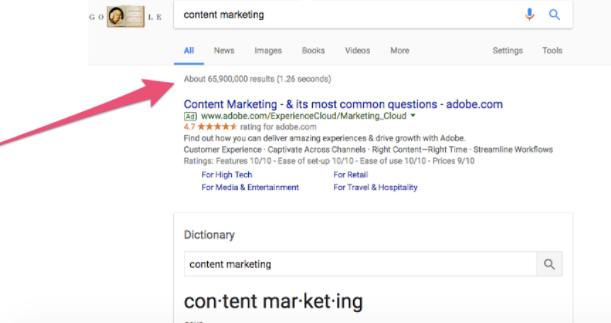
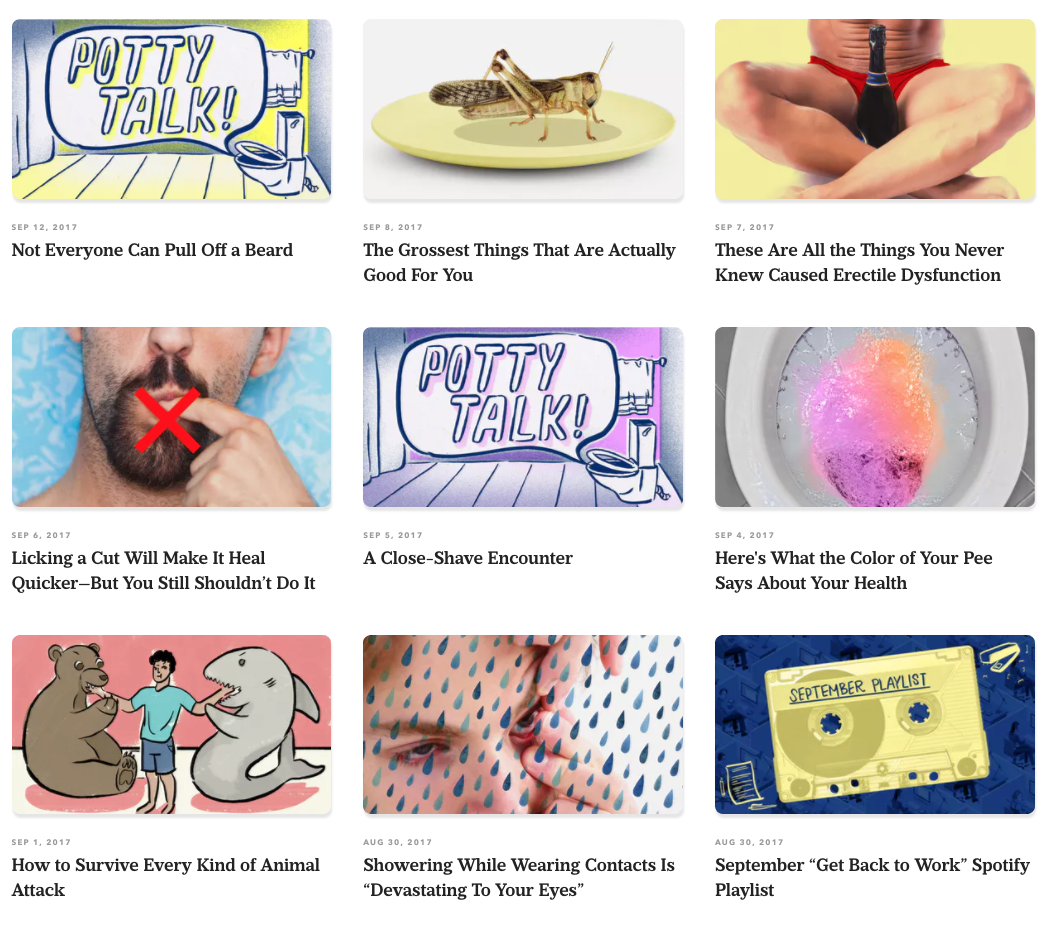


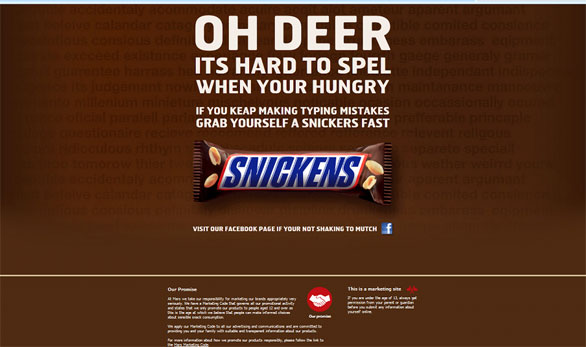

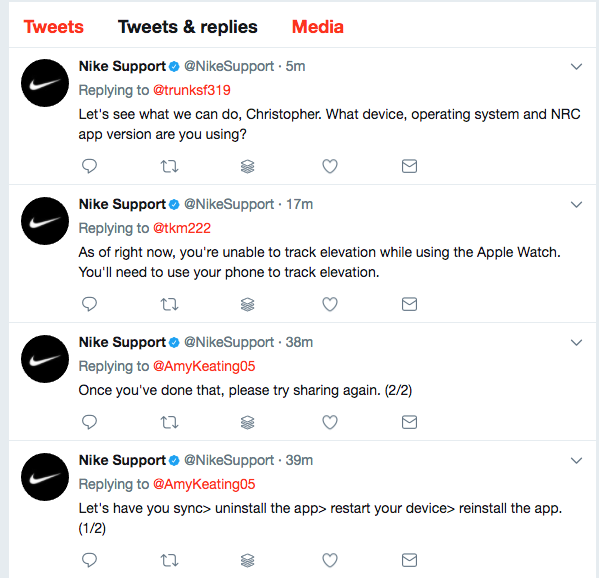


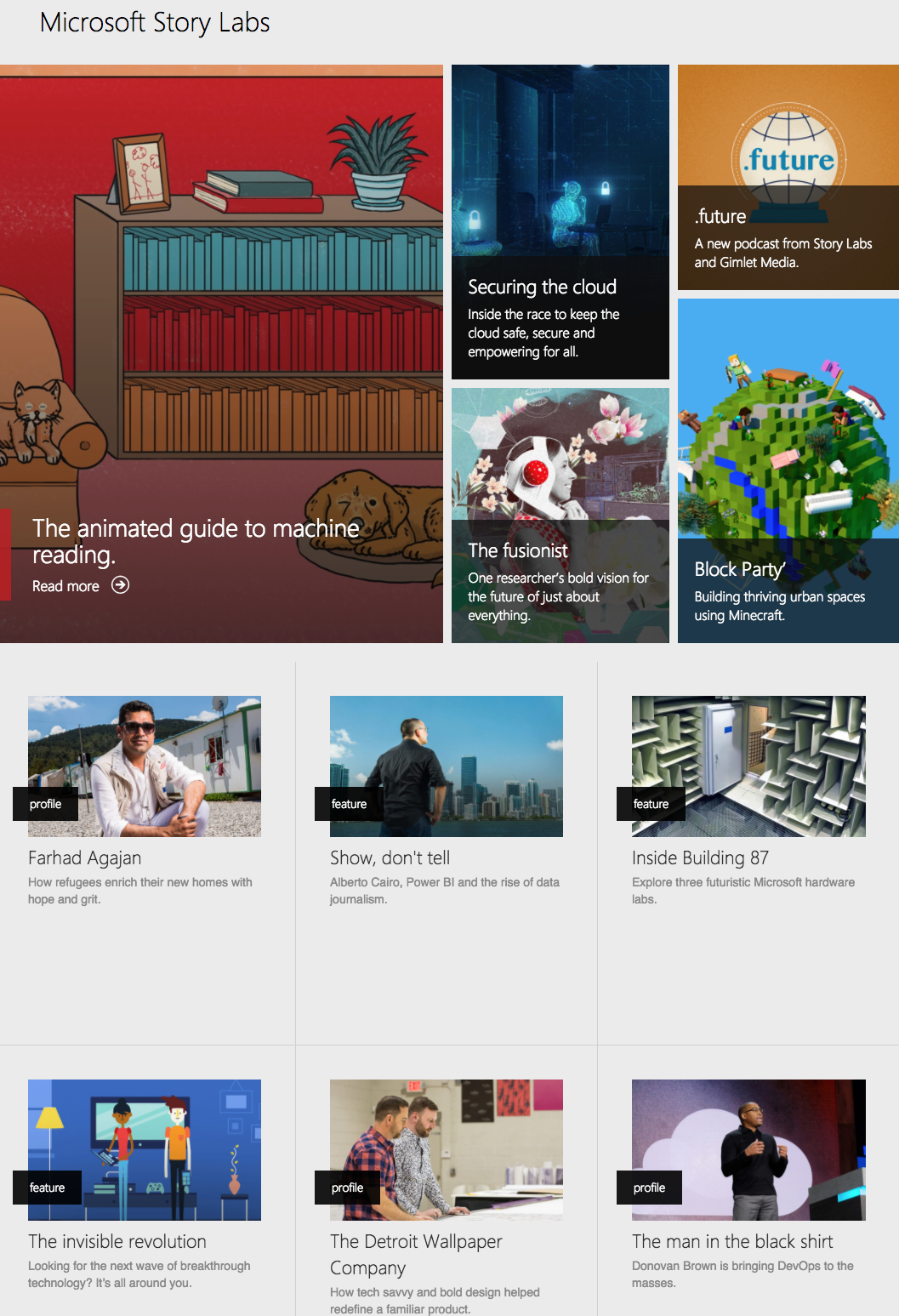
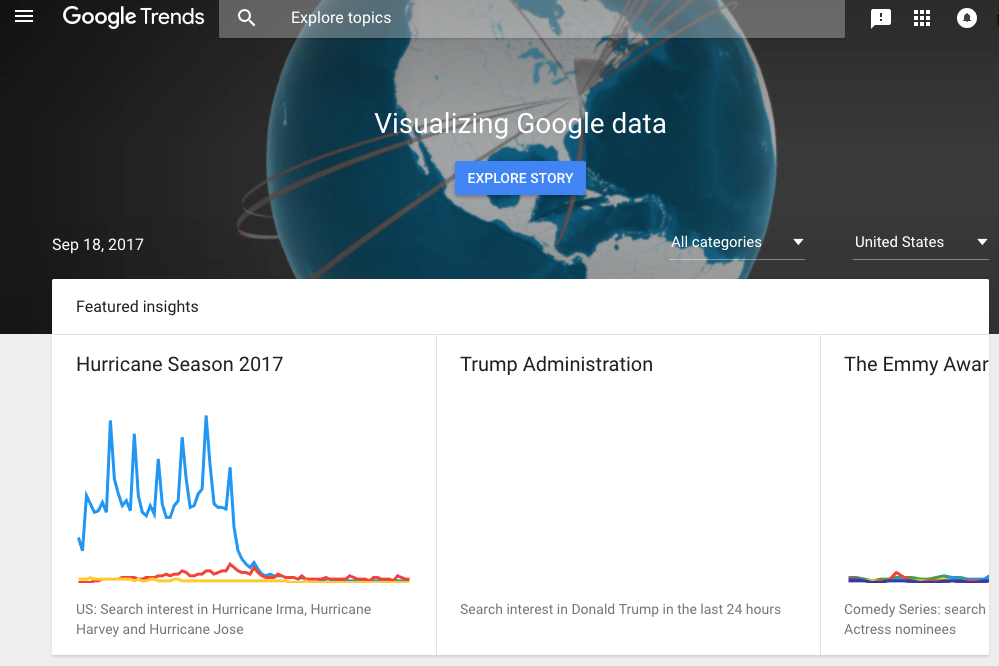
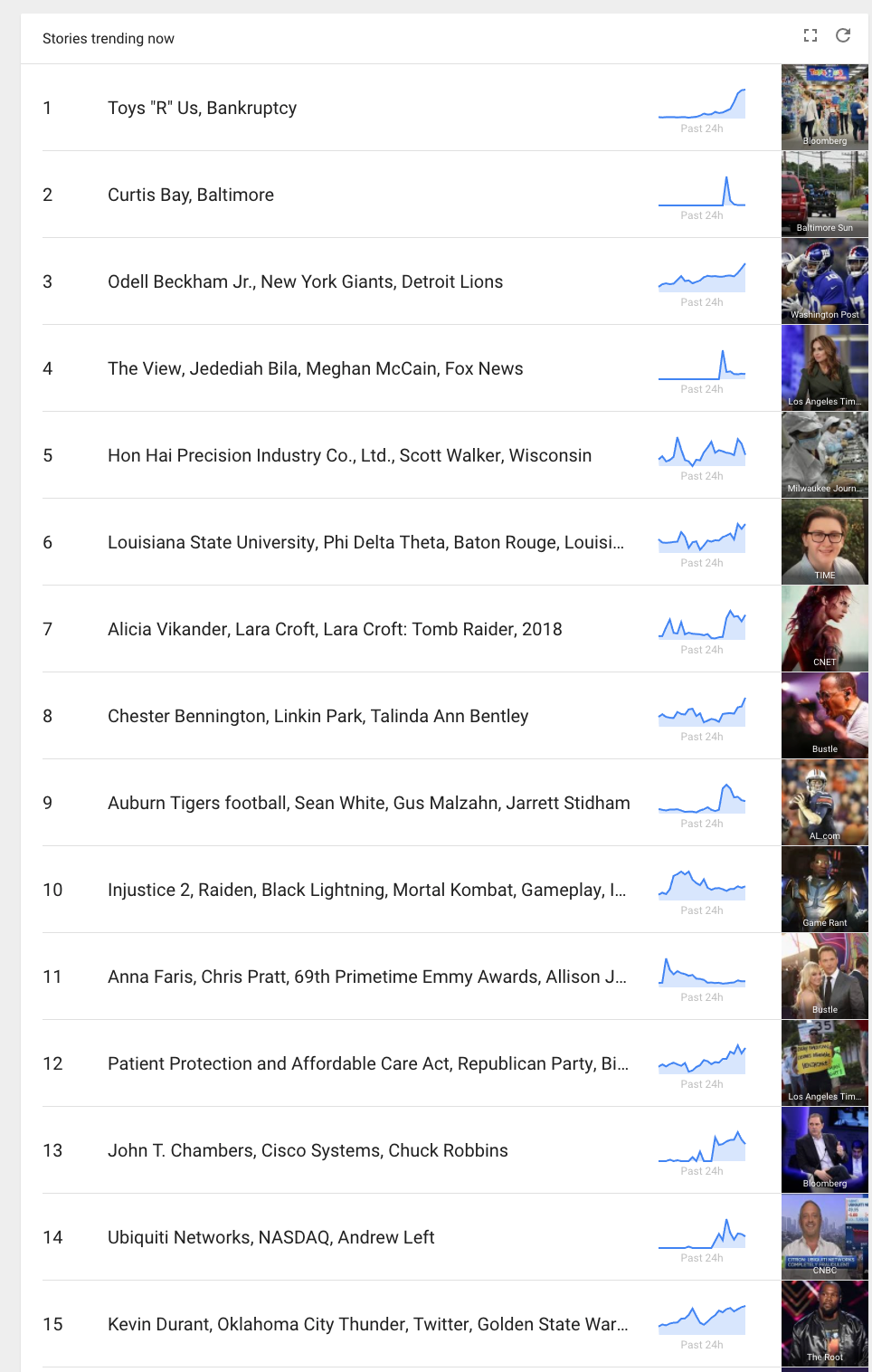

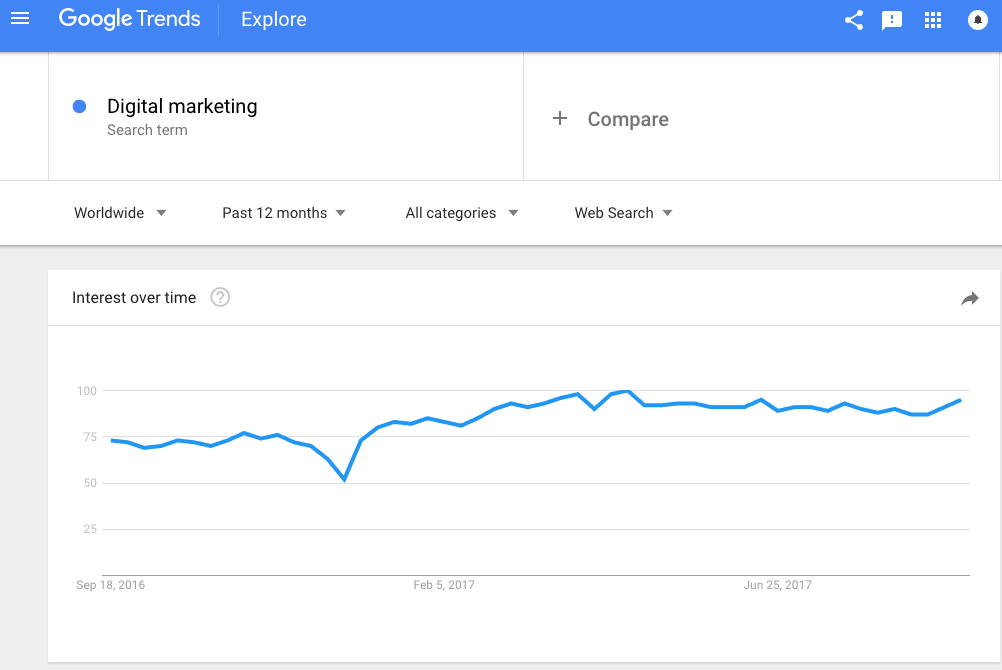
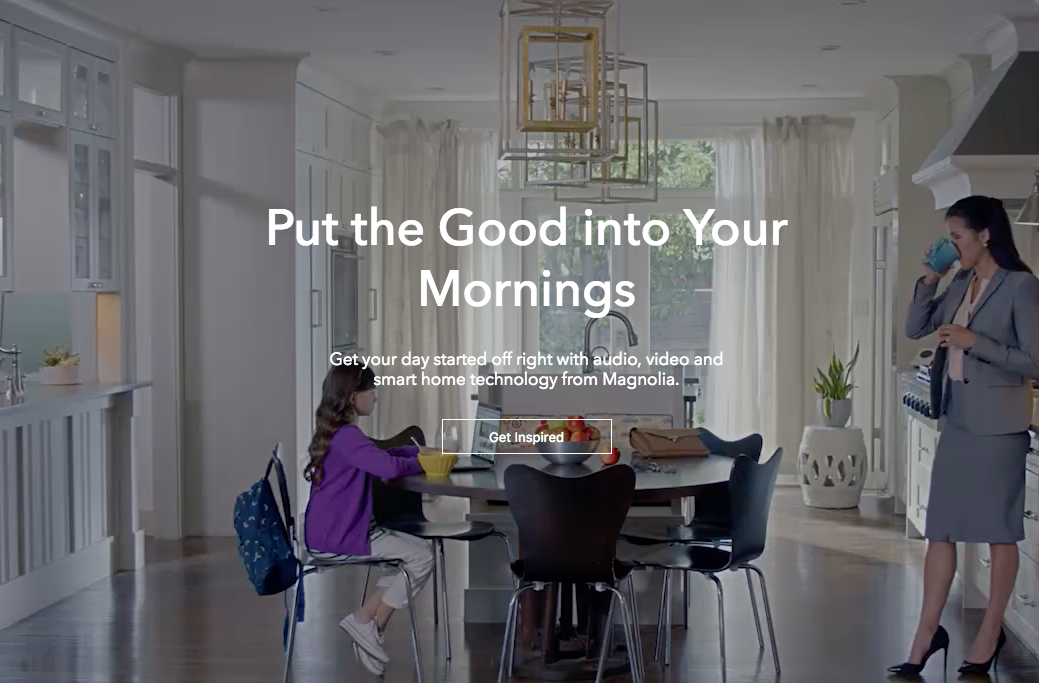

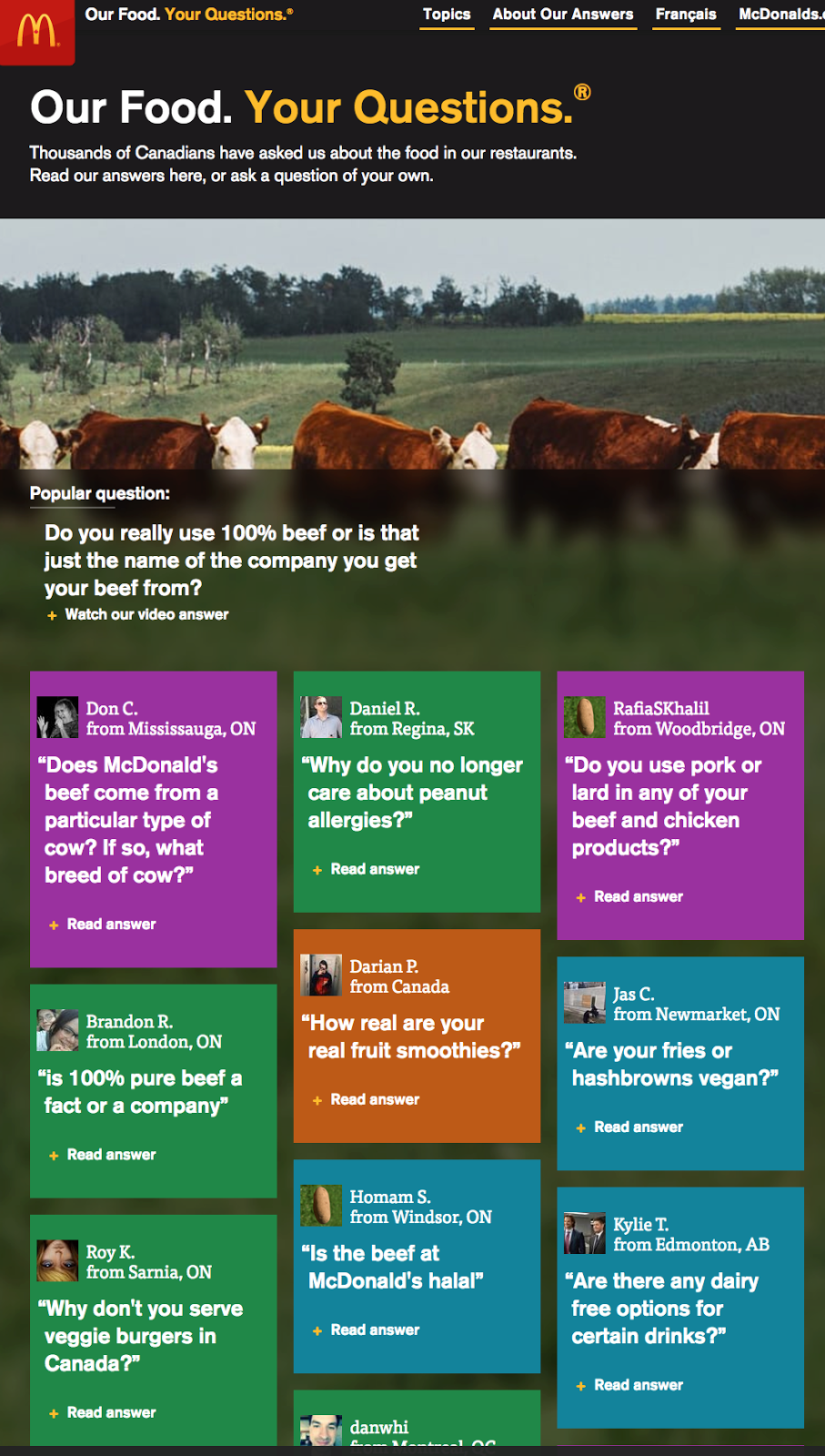
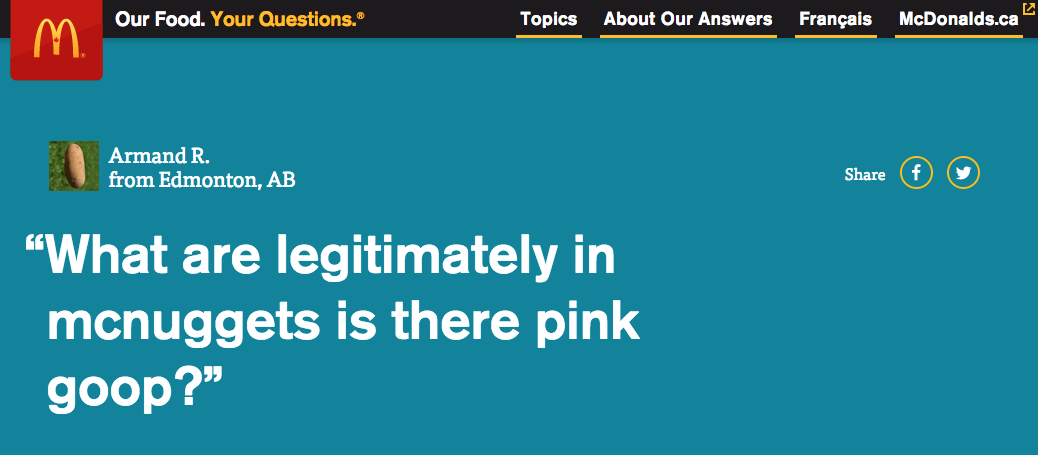
Comments (4)